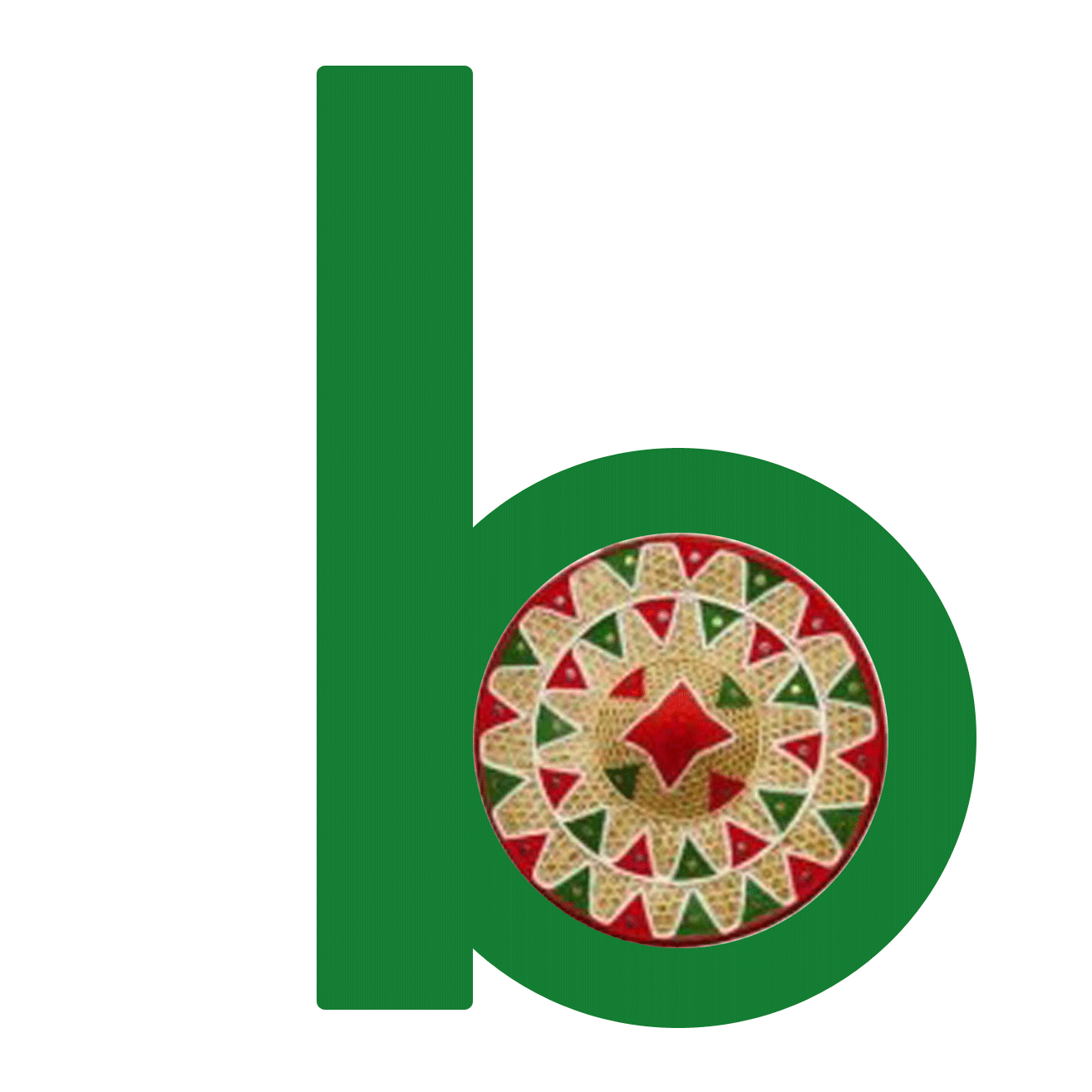HORNBILL FESTIVAL: FESTIVAL OF FESTIVALS
Organized by the State Tourism and Art & Culture Departments of Nagaland, Hornbill Festival showcases a mélange of cultural displays under one roof at a model village built at Kisama, a western Angami location situated 12 kms away from Kohima, the capital of Nagaland. History abounds in every nook and corner of the terrain here. Kisama falls on the historically famed Kohima-Imphal Road, now a busy highway cutting through Angami hamlets connecting Dimapur with Manipur, once the theatre of the fiercest of battles fought between the defending British forces and an advancing Japanese army during World War II.
It was in the year 2000, that the State Government desirous of promoting tourism embarked upon an ambitious project to exploit the cultural assets of Nagaland, through a weeklong long festival to coincide with the celebration of Nagaland Statehood Day on 1st December. Thus, the inception of the Nagaland Hornbill Festival so named in collective reverence to the bird enshrined in the cultural ethos of the Nagas to espouse the spirit of unity in diversity.
Nagaland is a cultural mosaic of diverse multi-ethnicity sprung up by the several tribes that inhabit the State. Each community celebrates its myriad festivals revolving around the agrarian calender that makes Nagaland by default, a land of festivals. Twelve years on, this intangible heritage asset has been aptly tagged lined in the changed moniker – “NAGALAND HORNBILL FESTIVAL: FESTIVAL OF FESTIVALS” to envcompass through collective celebration the colour and vibrant elements of all the tribal festivities and give a glimpse of Naga life to titillate cultural sensibilities. What has emerged from a local heritage event, metaphored to a national and international festival has now become a must visit and notable attraction in the travel itinerary of both domestic and international travelers.
For visitors it means a closer understanding of the people and diverse culture of Nagaland, and an opportunity to experience Naga food which is no less varied, as are the songs, dances and customs of the place. This colourful festival is a certain paradise for a foodie, particularly if one happens to be a non- vegetarian. Nagas love to feast and feed, and at Kisama one can try all kinds of Naga traditional food and also watch them being made during the Hornbill Festival days. Tourists are welcomed warmly to the traditional huts of each tribe showcasing respective traditions. For those interested, one may seat with the youths and elderly people of the tribes alike and interact with them. One can also take part in various contests such as Naga chilly eating, pork eating besides traditional games and other traditional competitions.
A prominent sight at Kisama are the imposing tribal Morungs (male dormitories) that are resplendent speciments of Vernacular architecture. Every Naga community is represented in their respective Morungs. Some even accomodate the majestic log drums where male members intermittently beat the gigantic hollowed log with wooden beaters in perfect synchronization. Long before the age of modern communications, the Nagas devised indigenous methodologies of relaying messages by beating different tempos and arrangements to send out messages decipherabe only to the village members. As you hear the sound reverberate throughout Kisama it hypnotically draws you in search of the source.
Courtesy: Nagaland Tourism and Hornbill Festival


















































Thanks Bijit Dutta for your wonderful contribution towards our society, culture nature etc. Always love your work and ethics.